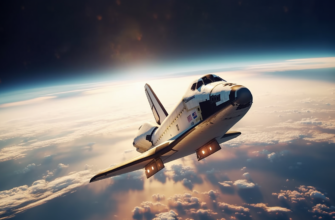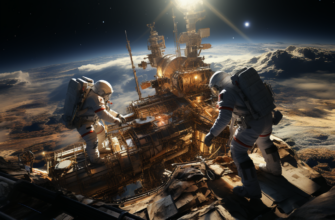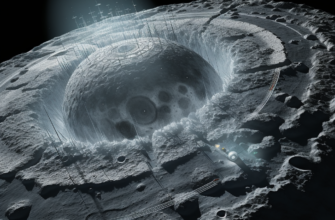The Apollo 11 landing Moon in July 1969 stands as one of humankind’s greatest technological and exploratory achievements. Led by astronaut Neil Armstrong, the Apollo 11 mission made the first crewed landing on the moon, an accomplishment set in motion by President John F. Kennedy’s challenge to land astronauts on the moon before the end of the 1960s.
The primary objective of Apollo 11 was to complete Kennedy’s goal of performing a crewed lunar landing and returning safely to Earth. But the ambitious flight also involved several other important goals like deploying scientific experiments on the moon, collecting samples, and taking extensive photographs.
Planning the Apollo 11 Moon Landing
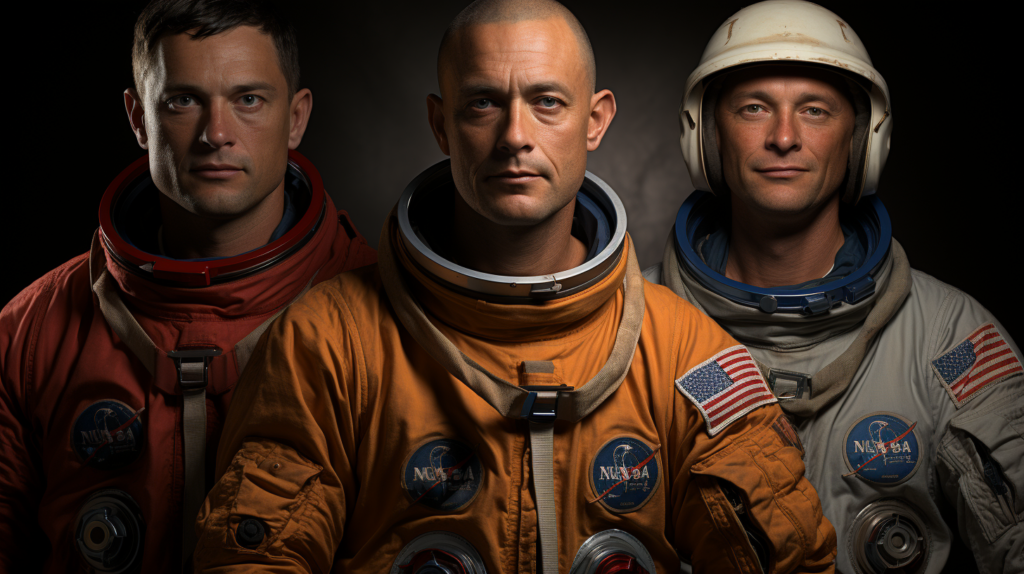
Long before the Saturn V rocket launched the three Apollo 11 astronauts toward their rendezvous with the moon, many milestones were completed to prepare the spacecraft and equipment for the historic journey.
The lunar module (LM), call sign Eagle, and command and service module (CSM), call sign Columbia, underwent extensive individual testing before they were mated in January 1969. The individual stages of the Saturn V rocket that would propel them to space also arrived at Kennedy Space Center (KSC) in the months leading up to launch.
After the complete CSM and LM spacecraft were integrated with the rocket, more tests had to be conducted:
- CSM altitude testing on March 24
- Integrated systems testing on April 22
- A test rollout to Launch Pad 39A on May 20
- A countdown demonstration test on June 26
After all this testing and preparation, Apollo 11 was finally ready for its historic launch on July 16, 1969 at 9:32 AM EST. The crew traveled in Columbia atop the 363-foot-tall Saturn V, at that time the largest operational launch vehicle ever built.
“That’s one small step for a man, one giant leap for mankind.” – Neil Armstrong upon stepping on the moon during the Apollo 11 moon landing
Leaving Earth Orbit for the Moon
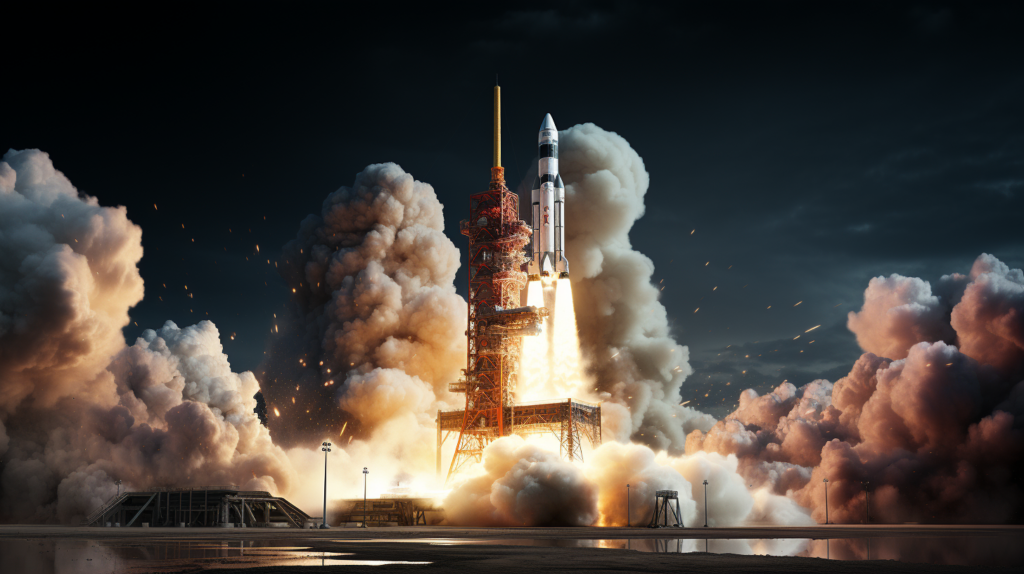
The Apollo 11 mission transpired across several distinct phases. After a flawless launch, the Saturn V quickly propelled the spacecraft into an initial 114 x 116 mile Earth orbit.
The spacecraft orbited Earth 30 times before the engine fired again to push it toward the moon.
About 2.5 hours after launch, the third stage reignited to put Apollo 11 on a trajectory to enter lunar orbit. Not long after, the command and service module separated from the third stage and docked with the lunar module Eagle. After jettisoning the spacecraft-lunar module adapter panels, the crew got their first views of the quickly receding Earth. The International Space Station now orbits the Earth at an altitude of approximately 250 miles.
Coasting to the Moon for Apollo 11

The three-day journey to the moon was largely uneventful, consisting of occasional course corrections and spacecraft systems checks as Earth faded from view. The crew provided the first live TV footage from inside a spacecraft, giving viewers back home a glimpse of life in zero gravity.
One of the few notable events came when the lunar module Eagle detached from Columbia on July 20 so the crew could inspect it, then redocked safely. The next day, Apollo 11 passed behind the moon, firing its engine to slow down and enter lunar orbit.
The far side of the moon contains the largest known impact crater in the solar system, the South Pole–Aitken basin.
Apollo 11 Landing Moon – Touchdown on the Lunar Surface

July 20, 1969 will be forever etched in history as the day humans first stepped foot on another world during the Apollo 11 landing Moon mission. After extensive checks, Armstrong and Aldrin crawled through the docking tunnel into Eagle in preparation for the descent to the lunar surface.
Collins remained in orbit aboard Columbia as his crewmates began their descent in Eagle. As millions watched breathlessly from Earth, Armstrong piloted the lander to a safe touchdown in the Sea of Tranquility.
Temperatures on the moon can range from -280°F to 260°F due to the lack of atmosphere.
“Houston, Tranquility Base here. The Eagle has landed.” – Armstrong reporting Eagle’s landing and humanity’s first steps on another world during the Apollo 11 moon landing mission.
Upon landing, the two astronauts took photos, donned their space suits, depressurized the cabin, then opened the hatch to behold the lunar landscape for the first time.
The time was 4:18 PM EDT on July 20 when Armstrong placed his left foot on the moon’s surface during the historic Apollo 11 landing moon.
Exploring the Moon’s Surface After the Apollo 11 Landing Moon
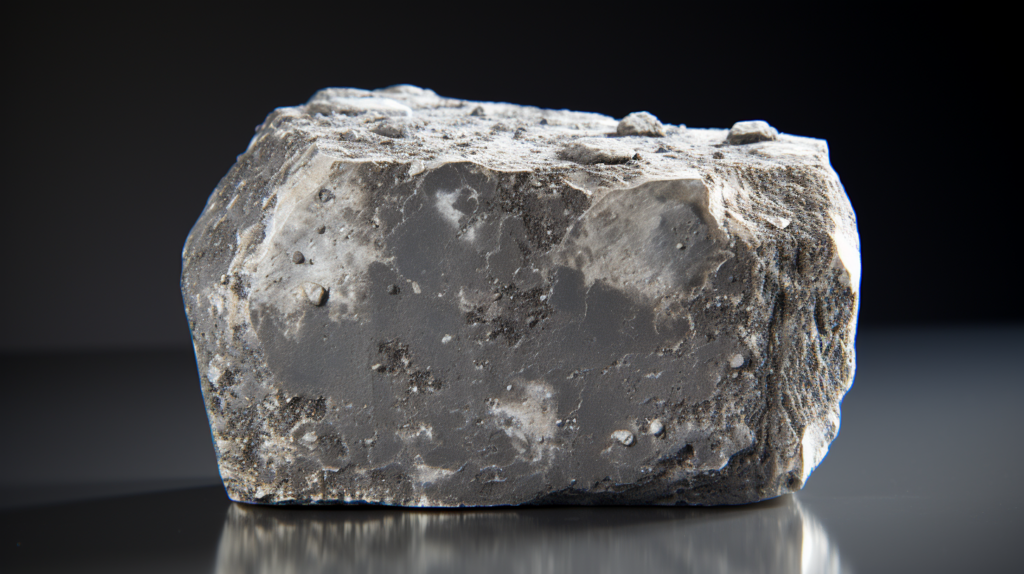
Armstrong’s first steps on the moon came just over seven hours after the Apollo 11 lunar landing. Aldrin joined him about 20 minutes later, while Collins continued orbiting above in Columbia. Among their activities, the two moonwalkers:
- Planted an American flag and spoke to President Nixon via radio
- Collected rock and soil samples for analysis back on Earth
- Set up scientific instruments like a seismometer and laser reflector
- Took hundreds of photos of the stark lunar landscape
In total, Armstrong and Aldrin spent just over 21 hours on the moon’s surface, including two and a half hours of Moon EVAs (extravehicular activities). After a rest period that included seven hours of sleep, they lifted off from the moon to begin the journey back home.
The lack of wind on the airless moon meant the American flag planted by the astronauts moved very little.
Returning to Earth After the Apollo 11 Landing Moon

Eagle’s ascent stage fired its engine on July 21, rejoining Columbia in lunar orbit after the historic Apollo 11 landing moon. After jettisoning the lunar lander, Columbia fired its engine again on July 22 to break out of orbit and start heading back to Earth.
The crew splashed down safely in the Pacific Ocean on July 24, secured by recovery ships after a total flight time just shy of 195 hours. As the first humans to walk on the moon and return safely to Earth, Armstrong, Aldrin and Collins became instant heroes worldwide.
The Apollo astronauts returned with over 800 pounds of lunar rocks and soil samples for analysis after the Apollo 11 landing moon .
Apollo 11 Landing Moon Legacy
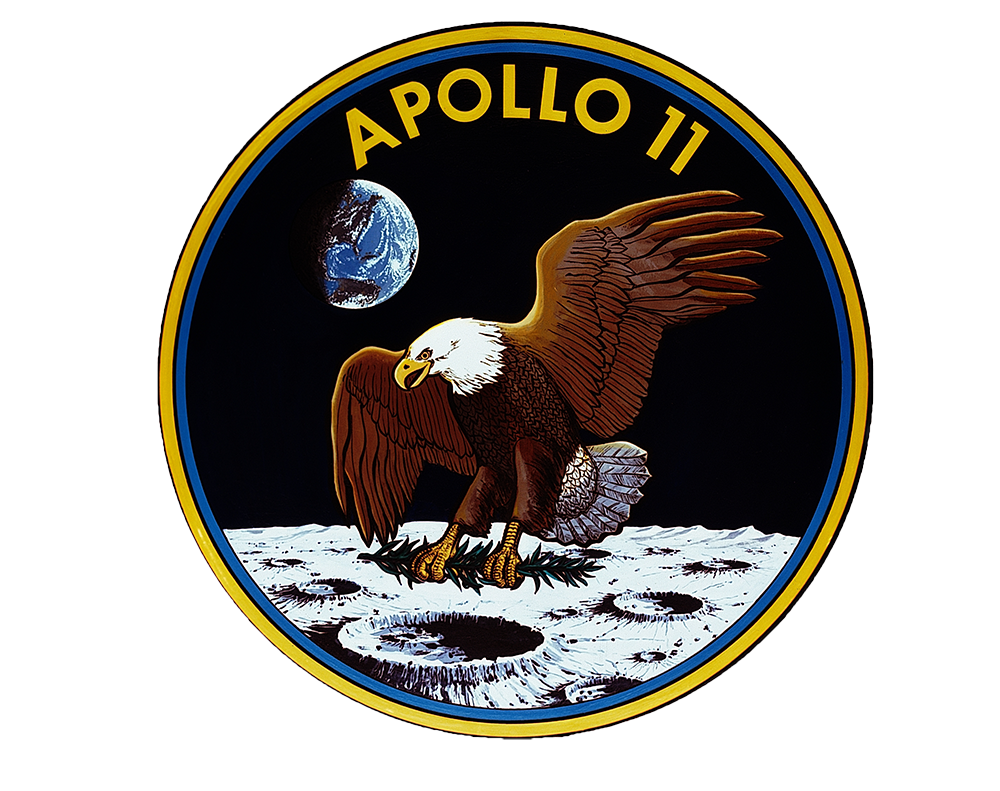
The Apollo 11 mission captivated the world as an unprecedented heroic endeavor and extraordinary technical achievement. As a result of the successful moon landing, the United States won the Space Race against the Soviet Union and fulfilled President Kennedy’s goal of landing astronauts on the moon before 1970.
In the decades since the Apollo 11 landing moon, it has come to represent the pinnacle of human spaceflight. Armstrong and Aldrin’s bootprints remain preserved in the lunar dust, likely undisturbed for centuries to come. The work done during Apollo 11 paved the way for ambitious follow-up missions that continued exploring Earth’s nearest celestial neighbor.
Today, the success of the pioneering Apollo 11 landing moon remains a shining example of what human ingenuity makes possible. It serves as an enduring reminder that the impossible can be made possible through science, engineering, teamwork, and visionary leadership.
Over 50 years later, the Apollo 11 moon landing continues to inspire new generations to reach for the stars and push the boundaries of human exploration.
Armstrong put it best: “That’s one small step for a man, one giant leap for mankind.”





